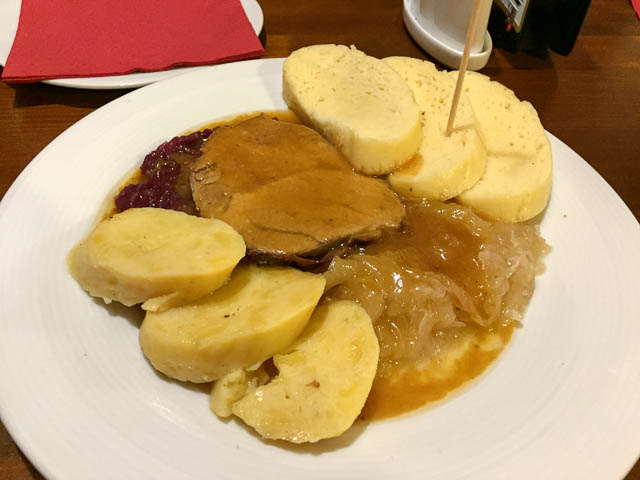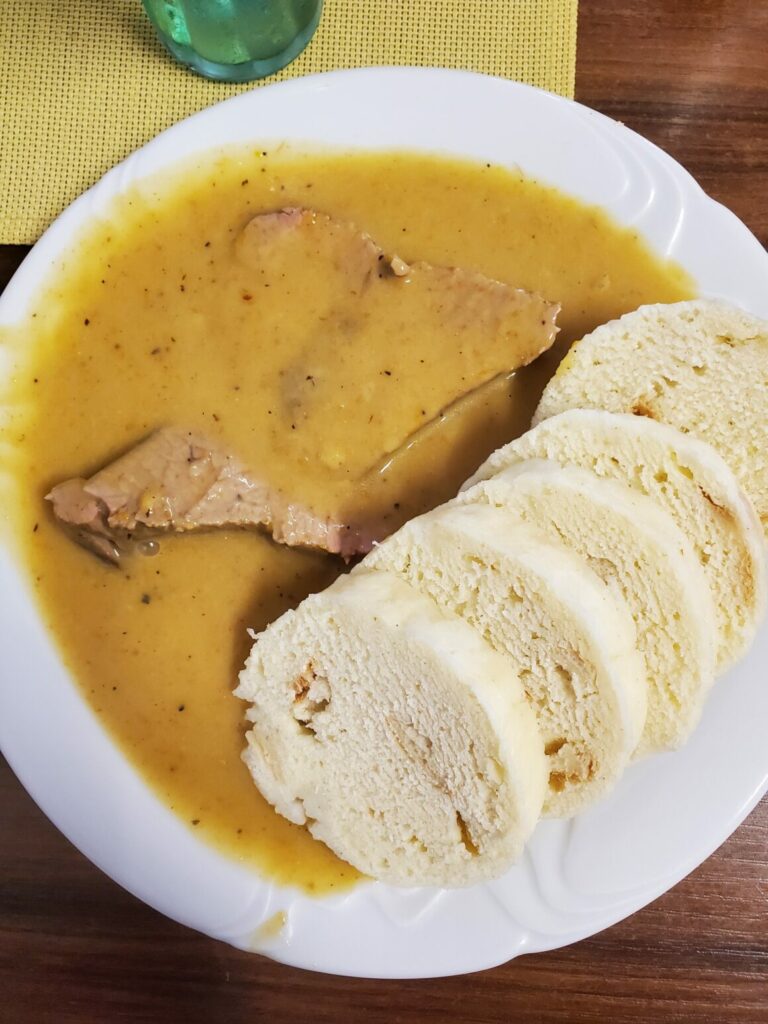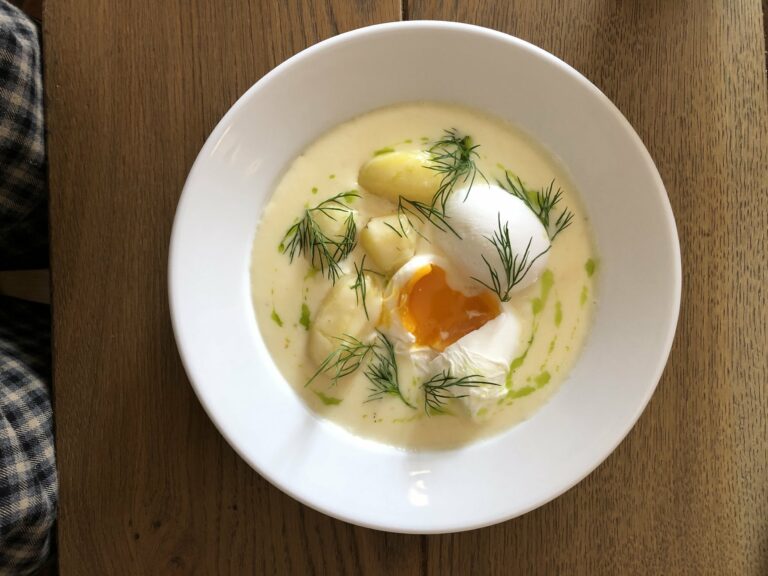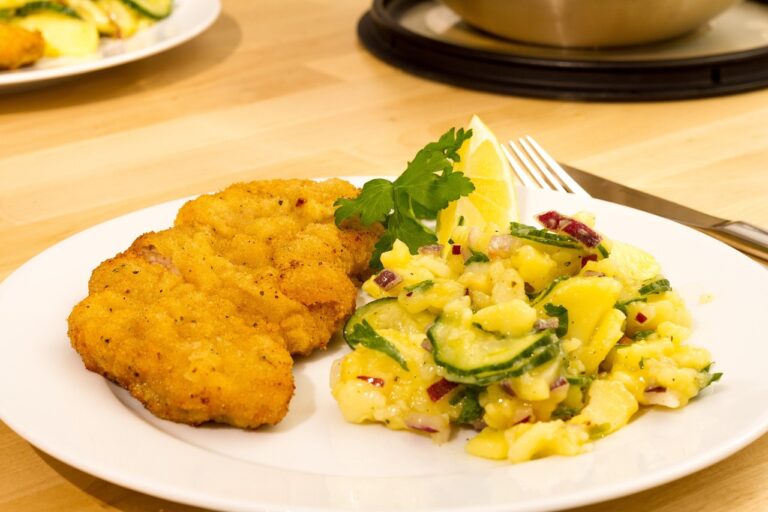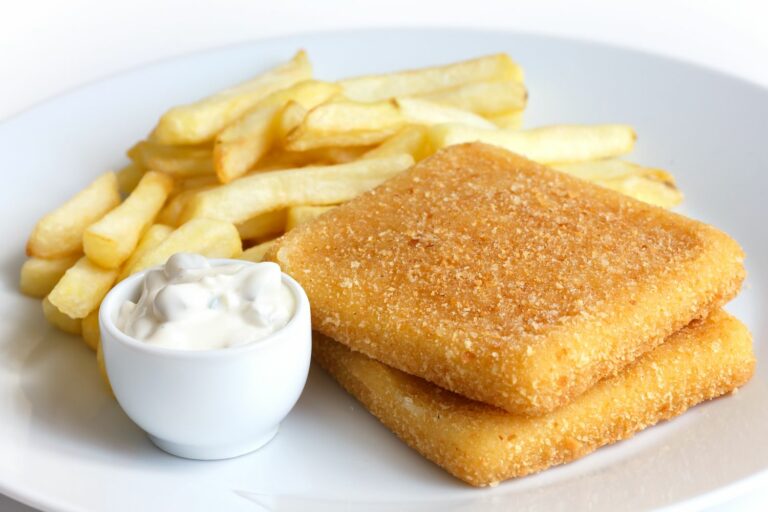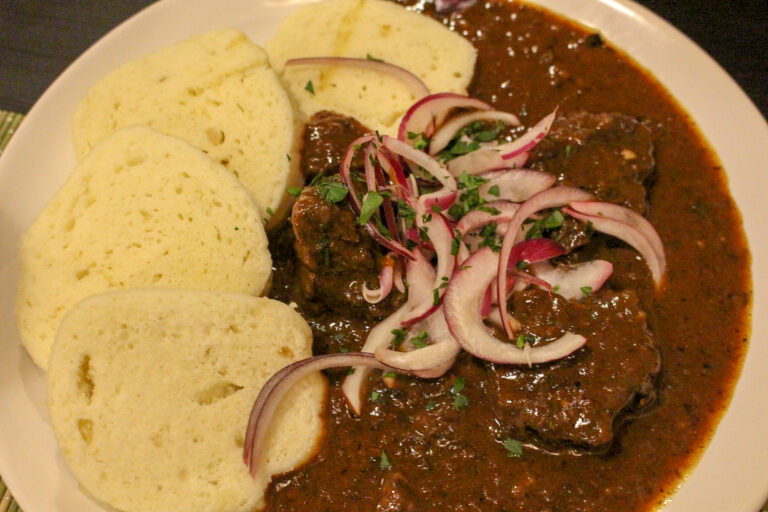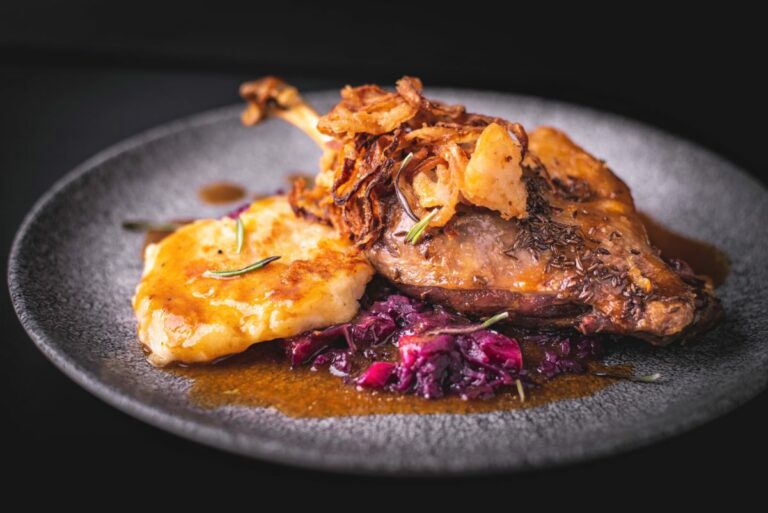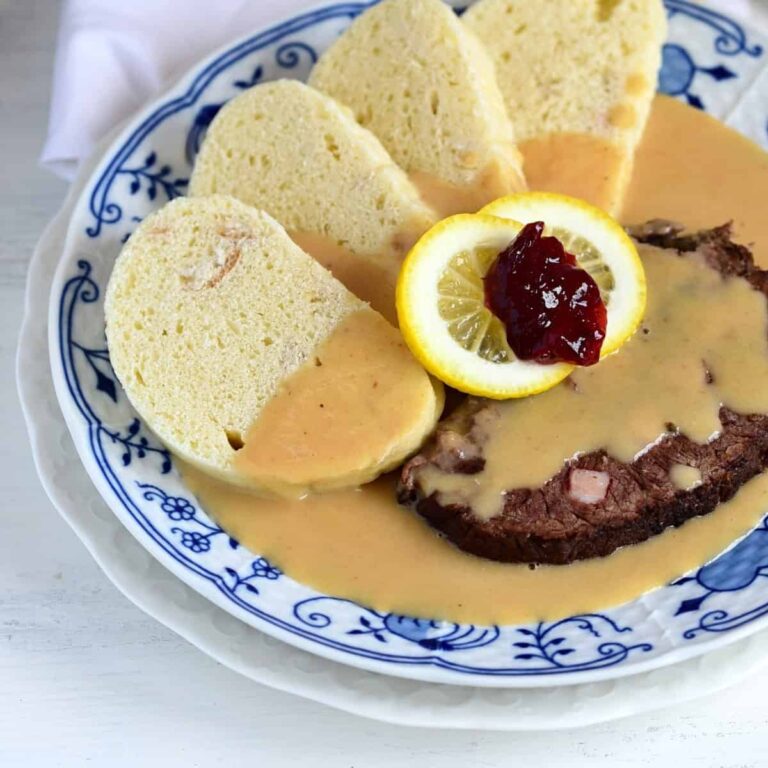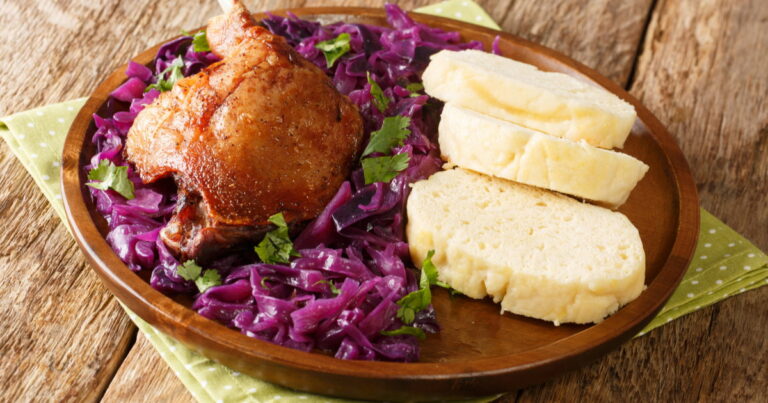Introduction: Exploring Czech Cuisine
Czech cuisine has a rich history that dates back to the Middle Ages, with its roots influenced by the neighboring countries of Germany, Austria, and Hungary. The cuisine is characterized by its hearty and comforting dishes, which are perfect for the cold and harsh winters in the region. In this article, we will explore the traditional Czech cuisine, its signature dishes, and the regional specialties that make Czech gastronomy unique.
Traditional Czech Cuisine: Characteristics
Traditional Czech cuisine is known for its heavy use of meat, potatoes, and dumplings, with a generous amount of sauces and gravies. Pork is the most popular meat used in Czech cuisine, followed by beef, chicken, and game meats like rabbit and deer. The cuisine also incorporates a variety of vegetables like cabbage, mushrooms, and root vegetables. The dishes are often seasoned with herbs like marjoram, caraway, and thyme, and spices like paprika and black pepper.
Signature Dishes: What Makes Them Unique?
Czech cuisine has several signature dishes that are known for their unique flavor profiles and hearty textures. One such dish is the goulash, which is a stew made with beef or pork, paprika, and vegetables. It is often served with dumplings or bread. Another popular dish is the Svíčková, which is a beef sirloin served with a creamy vegetable sauce and cranberry compote. The dish is typically served with dumplings and whipped cream.
Famous Czech Recipes: Goulash, Dumplings, and More
Apart from goulash and Svíčková, Czech cuisine has several other famous recipes that are worth trying. Some of the popular dishes include Vepřo-knedlo-zelo, which is roast pork with dumplings and sauerkraut, and Palačinky, which are thin crepes filled with jam or cream cheese. The cuisine also has a variety of soups like Kulajda, which is a creamy potato soup with mushrooms and dill, and garlic soup, which is made with roasted garlic, bread, and cheese.
Regional Specialties: From Bohemia to Moravia
The Czech Republic has several regions, and each region has its own unique culinary specialties. For example, in Bohemia, the cuisine is heavily influenced by German cuisine, and the dishes are often meat-heavy. Some of the popular dishes from this region include roast pork, potato pancakes, and potato dumplings. In Moravia, the cuisine is more diverse, with a variety of dishes that include fish, game meats, and fruit-based desserts.
Beer as a Culinary Companion: Pilsner Urquell and More
Beer is an integral part of Czech cuisine, with the country being renowned for its high-quality brews. Pilsner Urquell, one of the oldest and most famous Czech beers, is a perfect accompaniment to traditional Czech dishes. Other popular beers include Budvar, Staropramen, and Krusovice. Czech beer is often served in large glasses, and the locals believe that the best way to enjoy it is with a hearty meal.
Modern Czech Cuisine: Reinventing Tradition
In recent years, there has been a resurgence of interest in traditional Czech cuisine, with chefs reinventing classic dishes and giving them a modern twist. The new wave of Czech cuisine is characterized by its emphasis on fresh, seasonal ingredients, and its use of innovative cooking techniques. Some of the popular restaurants in the country that serve modern Czech cuisine include Eska in Prague and Field in Brno.
Conclusion: The Future of Czech Gastronomy
Czech cuisine has a rich history, and its signature dishes are known for their unique flavors and textures. With the revival of interest in traditional Czech cuisine, the future of Czech gastronomy looks promising. Chefs are experimenting with new ingredients and techniques, while still staying true to the roots of the cuisine. Whether you are a fan of hearty stews or delicate desserts, there is something for everyone in Czech cuisine.

